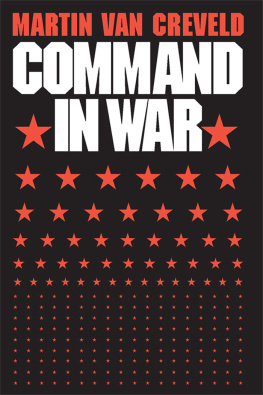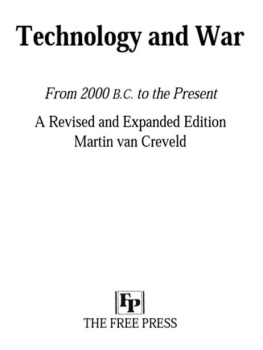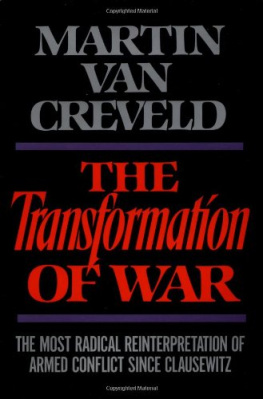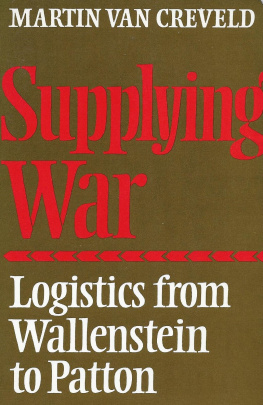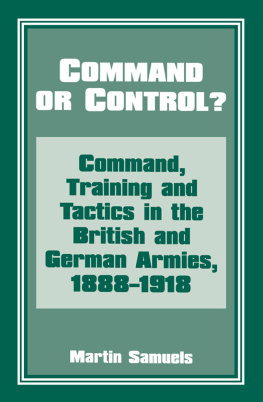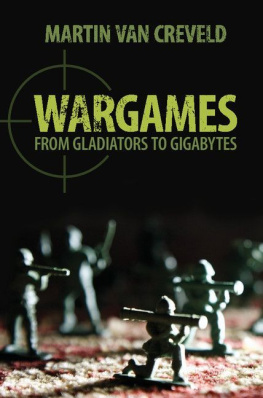PREFACE
A BOOK the size of this one cannot be written without aid and support from a great many people, most of whom will have to remain unmentioned for lack of space. Among those who deserve more than the usual credit are Amnon Sella of the Hebrew University, Jerusalem, who first suggested a history of C3 at a time when I scarcely knew what the initials meant; Edward Luttwak of Washington, D.C., who knew how to say the right words at a time of despair; Steven Canby, also of Washington, D.C., who supported the project from the beginning; and Andy Marshall, who was not put off by my early strange peregrinations but waited patiently for the work to be completed. Several of my colleagues at the Hebrew University, including Benjamin Kedar, David Asheri, and Amnon Linder, have read part or all of the manuscript and gave me the benefit of their advice. I have enjoyed many splendid discussions with, and the hospitality of, among others, Stephen Glick, Seth Carus, Irving and Florence Glick, David Thomas, and Aviva Hay. Blessed with such friends, a man is blessed indeed.
Finally, Dvora has seen me through the publication of this book during what were by no means always easy years. Without her good will, encouragement, and love it would never have seen the light of day. My debt to her is immense.
T HIS BOOK INVESTIGATES the historical evolution of a function of war that acquired its name only a decade or so ago: that is, C3 (Command, Control, Communications). I am no admirer of jargon, however; so instead of constantly writing out the full term or using the abbreviation, I will use the word command throughout in much the same way as people commonly use the term management to describe the manifold activities that go into the running of a business organization.
That the concept of C3 should be so recent is, at first glance, surprising. The problem of commanding and controlling armed forces, and of instituting effective communications with and within them, is as old as war itself. A Stone Age chieftain had to devise the optimal organization and find the methods and technical means to command the forces at his disposal. From his day to ours, failure to consider and to solve the problem was to court disasterindeed, to make it impossible for the forces to exist.
Though the problem is anything but new, its dimensions have grown exponentially in modern times, especially since 1939. This growth is due to a number of factors: (a) the increased demands made on command systemsstructural changes inside command systems themselves, have increased the vulnerability of command systems; and (e) the rise in costs, caused by factors (a) through (d). I will discuss each factor in turn.
(a) The increase in the demands made on command systems is due to the greatly enhanced complexity, mobility, and dispersion of modern armed forces. The enormously swollen number of specialized troops, units, functions, and pieces of equipment that make up a modern technological armya present-day Bundeswehr division, for example, contains some nine hundred different Military Occupation Specialties (MOS), as compared to only forty in a 1939 Wehrmacht infantry divisionhas made overall coordination and control both more important and more difficult. Simultaneously, the speed and the range of modern weapons have reduced the time in which to exercise coordination and control to a fraction of what it was only a few decades ago, in some cases to the point where command functionsintercepting missiles or low-flying aircraft, for examplecan only be performed automatically, by machines whose capacity for fast, accurate calculation far exceeds that of the human brain. Conversely, the speed and the range, coupled with greatly increased striking power, have compelled armies to spread out over enormous areas; a battalion may easily hold a front ten times as wide as did its predecessor two hundred years ago, and its deployment in depth may mean that the space it occupies is hundreds of times as large.
(b) The second factor that has revolutionized command is the development of communications and data processing technology. Over the last thirty years, a large number of new devices have been put into the hands of man, among them television and computers, mobile telephones and data links, and image intensifiers and remote-controlled sensors. Two questionsreally two sides of a single coinhave arisen: What is the effect of the new devices on existing methods, and how can the devices best be put to use?
The significance of the technological revolution for the problems of command is even clearer when it is seen that the last three decades have produced, for the first time in history, artificial devices capable of reproducing or amplifying the functions not merely of mans limbs and sensory organs but, to a growing extent, those of his brain as well. This has given birth to a host of questions for which little or no precedent existed. Which are the strong points of man, and which are those of the new machines? How, in consequence, should the burden of work be divided among them? How should communication (interface) between man and machine, as well as among the machines themselves, be organized?
(c) The increasingly complex demands made by modern forces and by modern warfare, on the one hand, and the appearance of technical devices capable of meeting that demand, on the other, together have led to an explosion in the amount of data processed by any given command system to carry out any given mission. As the quantity of data rose, the difficulty of interpreting it in preparation for decision-making grew, causing staff to be piled upon staff and computer upon computer. New techniques, from operations research and systems analysis to cybernetics and games theory, were developed in order to cope with the flood of data. The growing size and sophistication of command systems led to new and difficult problems of management; learning to master them has turned into a lifelong job. As anyone familiar with the size and modus operandi of modern staffs will realize, the danger of command becoming an end unto itself is a real one indeed.
(d) It has always been necessary to protect command systems and enable them to function effectively under the adverse effect of enemy action, but this problem too has assumed new dimensions in recent years. The size of headquarters and the signature that they leave in the form of electronic emissions make them prime targets for the precision-guided munitions (PGMs) now coming into use. Moreover, the dependence of command systems on electronically transmitted data flows has rendered them vulnerable to electronic warfare designed to interrupt those flows. Growing reliance on formal computer languages, even though it increases speed and precision, also leads to a loss of the flexibility and redundancy of normal language, which raises nagging questions about the systems ability to survive the elimination of some of its parts. The attempt to solve this problem by providing an increased number of communication nodes, and by the automatic switching of data flows from one to another, leads to further complexity. And so the cycle continues.

